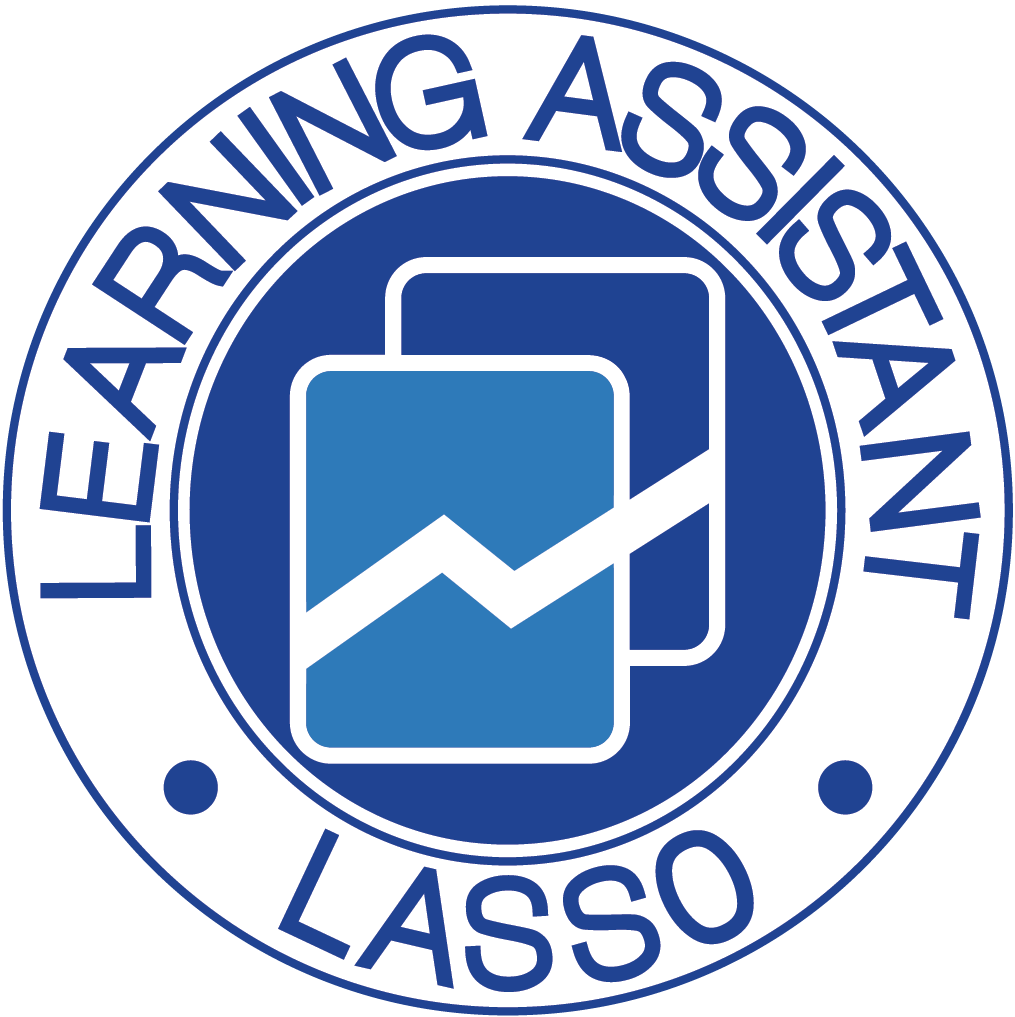Science Identity Survey (SIS)
Purpose
The Science Identity Survey (SIS) measures a students’ science identity, which can be described as the extent to which a student sees themself as a “science person”. Three dimensions of identity are measured: recognition, interest, and performance/competence.
Population
The SIS is commonly administered in high schools or in introductory college / university courses.
Typical Performance
Lock et al. (2019) report that student’s science identities increase in undergraduate conceptual science courses. As the LASSO database grows, we will investigate and share the typical results for LASSO users.
Validity
The SIS is an instrument in the process of establishing a performance range.
Research
The SIS was used in:
- Robynne M. Lock, Ben Van Dusen, Steven Maier, and Liang Zeng, Impact of the Next Gen PET Curriculum on Science Identity, 2019 PERC Proceedings [Provo, UT, July 24-25, 2019], edited by Y. Cao, S. Wolf, and M. Bennett (in press).
- The SIS is based on previously developed physics and math identity surveys:
- G. Potvin, K. Paige, and C. Beattie, Building a valid and reliable assessment of physics identity, in 2012 Proceedings of the National Association for Research in Science Teaching.
- Z. Hazari, G. Sonnert, P.M. Sadler, and M.-C. Shanahan, Connecting high school physics experiences, outcome expectations, physics identity, and physics career choice: A gender study, Journal of Research in Science Teaching 47, 978 (2010).
- Robynne M. Lock, Zahra Hazari, and Geoff Potvin, Impact of out-of-class science and engineering activities on physics identity and career intentions, Physical Review Physics Education Research 15, 020137 (2019).
- Allison Godwin, Geoff Potvin, Zahra Hazari, and Robynne Lock, Identity, critical agency, and engineering: An affective model fo predicting engineering as a career choice, Journal of Engineering Education 105, 312 (2016).
- Jennifer D. Cribbs, Zahra Hazari, Gerhard Sonnert, and Philip M. Sadler, Establishing and explanatory model for mathematics identity, Child Development 86, 1048 (2015).
Example LASSO Report
Please follow this link to our example report for concept inventories.
Similar Instruments
None currently hosted on LASSO.

